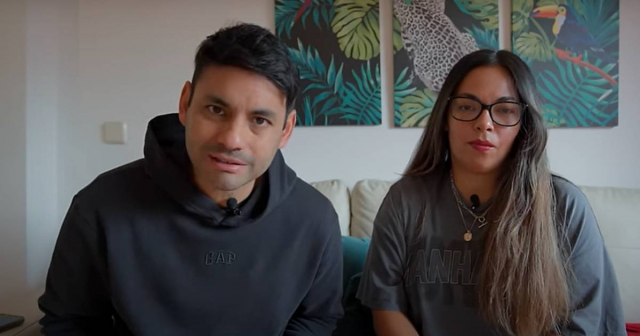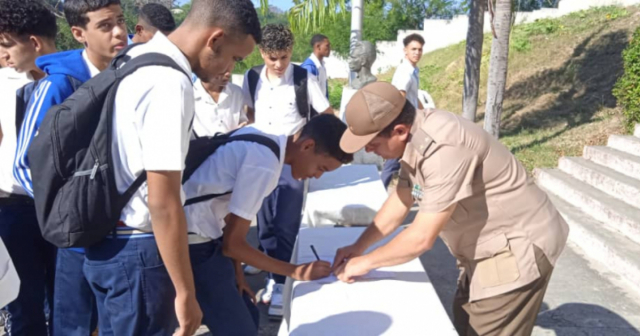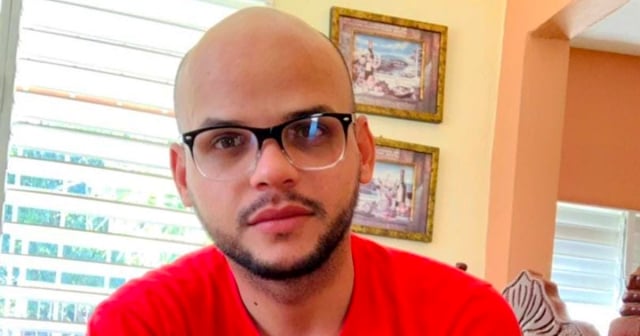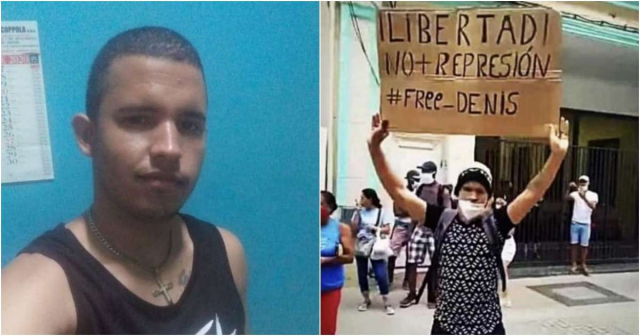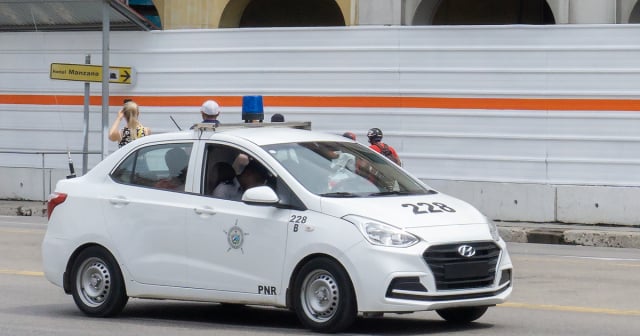
El Condado, a marginalized and needy neighborhood in Santa Clara, was the scene of a repressive deployment that brought together officials from the Ministry of the Interior (MININT) and members of the so-called Committees for the Defense of the Revolution (CDR) determined to send a message of strength in response to the wave of violence and crime that affects the Condado Sur Popular Council.
"In El Condado, Santa Clara, we participated in a joint surveillance exercise between the CDR and MININT. United in the fight against those who want to live by committing crimes and endanger the tranquility of our communities," stated the national coordinator of the CDR, Gerardo Hernández Nordelo, on his social media.
In the presence of senior officials from the National Revolutionary Police (PNR) and the Ministry of the Interior (MININT), as well as a large group of officers and agents from these repressive bodies accompanied by “cederistas,” the national coordinator of the neighborhood "snitching" showcased the display of force deployed before the residents of the humble neighborhood.
The totalitarian regime fears the Cubans who live poorly in humble neighborhoods abandoned to their fate, where criminal activities and public discontent flourish. The residents of El Condado in Santa Clara or La Güinera in Havana have been the protagonists of notable protest demonstrations.
During the historic day of July 11, 2021 (11J), residents of El Condado took to the streets to protest, demanding freedom and a change in the direction of the country.
In August of that year, the authorities of Santa Clara initiated a community intervention program in that neighborhood, aimed at improving infrastructure.
A report from the National Television News indicated that it aimed to respond to "some of the 107 proposals or popular grievances that had been stalled over time."
Among the projects highlighted by the official propaganda were the cleaning of ditches, the elimination of leaks, the renovation of warehouses, medical offices, and multi-family buildings, as well as the repair of streets and roads in poor condition.
A few months later, in December, the Cuban leader Miguel Díaz-Canel boasted of wide popular support for his "continuity" project during a tour of El Condado.
"They thought we wouldn't overcome the pandemic, that the problems with the population would continue to worsen, and that the people would take to the streets and bring down the revolution, but they were wrong," said the ruler.
The poverty and lack of opportunities prevailing in El Condado have led several of its younger residents to enlist as mercenaries in the Russian invasion of Ukraine. In June of this year, the death of Camilo Ochoa, a 34-year-old barber who worked in the neighborhood, was reported.
"You never achieve your dream of returning with money from the war. Everyone I know, and there are many, has been killed just before their contract ends," said a childhood friend of Ochoa to Martí Noticias.
"The misery, hunger, and the hardships being experienced in Cuba are what drive Cubans to get involved in a war that is not theirs. All I desire is for Cuba to be free again, to have food and electricity. I want nothing more than that. And I hope that no one else has to go through what my brother Camilo went through," he added.
In January 2022, the Cuban regime confirmed the death of a 17-year-old youth shot during an altercation with the police in El Condado. The official press mobilized to create a "matrix of opinion" to fit the murder of Zinadine Zidan Batista Álvarez, the 17-year-old teenager killed by shots from the National Revolutionary Police (PNR) in Santa Clara.
"What happened in El Condado is an everyday occurrence in neighborhoods of any other country on our continent and the rest of the world, but especially in the United States, where there have been to mourn true massacres involving the police," said Arleen Rodríguez Derivet in the official media Cubadebate.
What is not "everyday bread" anywhere in the world, but rather evidence of a failure of the rulers, is that the discontent and needs of the population are silenced with a repressive apparatus like the one Hernández Nordelo proudly displayed this Monday.
What do you think?
COMMENTFiled under:

